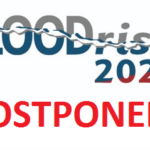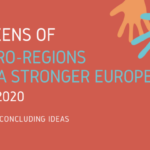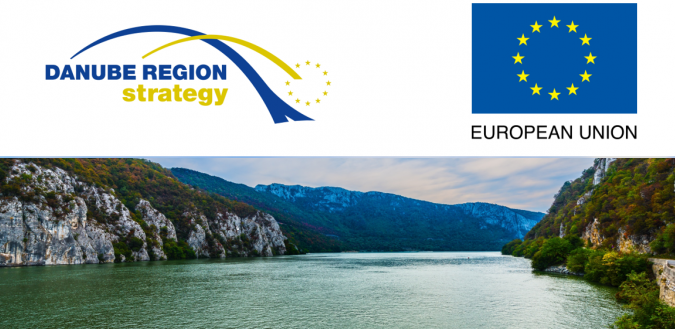A major step in EUSDR’s life: the revised EUSDR Action Plan became officially final on 06.04.2020. It was transmitted to the European Parliament, the Council, the EESC and the Committee of the Regions.
During the process, the Environmental Risks Priority Area’s Actions got renewed as well:
ACTION 1: Provide sufficient support for development and execution of risk management plans for different hazards
Description:
1.1 Collaborate with ICPDR in order to produce regular updates of the Danube Flood Risk
Management Plan (DFRMP) (Danube basin-wide flood risk management including forecasting
focussing on reducing the existing flood risks, avoiding new flood risks such as flash floods,
strengthening resilience, awareness raising and basin-wide solidarity);
– Improvement of flood forecasting
– Information exchange on the operation of hydraulic structures
– Coordination of operative flood management plans
– Development of elements of FRMPs for trans-boundary sub-units of common interest
– Exchange of flood protection techniques, technologies and experiences
– Develop an education/training network
– Enhance coordination of operative flood protection methods and equipment
1.2 Promote sustainable floodplain management including green infrastructure
1.3 Foster basin wide management planning on specific issues (e.g. ice on rivers)
1.4 Support relevant actors in developing risk assessment related to droughts, forest fires, hail and
other climate change related disaster risks
TARGET: To realize at least five projects supporting the implementation of the Danube Flood Risk
Management Plan and sub-basin flood risk management plans in 2021-2027
ACTION 2: enhance the capacities, extend the coverage of basin-wide or regional forecasting and warning systems, and develop rapid response procedures
Description:
– Create stronger links and synergies between the European information systems, like European
Flood Awareness System and the European Forest Fire Information System, and the national or
regional early warning systems to support preparedness efforts at regional level;
– Support the development of the DanubeHIS system;
– Support regular ICPDR Danube Accidental Early Warning System (AEWS) maintenance, testing
and usage;
– Support drought forecasting and drought management in the Danube basin
TARGET: Support the organization of bi-annual forecasting fora in the Danube Region
ACTION 3: Strengthen disaster prevention and preparedness among governmental and non-governmental organizations
Description:
– Support joint preparedness activities (e.g. regional exercises, joint training activities, sharing
know-how, standardisation of capacities) of flood protection and disaster response actors
(professionals and volunteers at operational, tactical and strategic level);
– Harmonised training and capacity building of civil protection units (based on European Union
Civil Protection Mechanism) to improve coordination, interoperability, procedures and selfsufficiency;
– Support the flood and disaster risk reduction at regional and local level, raising public awareness;
– Innovation and technology on flood protection to support disaster response (IT solutions,
mapping, virtual reality, drone)
TARGET: To establish common minimum standards for civil protection organisations and fire and
rescue services involved in international or cross-border disaster response in the Danube Region.
ACTION 4: Decrease human impacts that evolves natural risk factors resulting in environmental
damages
Description:
– Support completion of the ICPDR Accidental Hazard Sites (AHS), Contaminated Sites (CS) and
Tailings Management Facilities (TMF) geodatabase;
– Identify potential challenges and solutions regarding rapid response procedures in case of
industrial accidents;
– Overview man-made structures or reservoirs as disaster risk hot spots (e.g. LAREDAR)
TARGET: to support the development of AHS, CS and TMF inventories
ACTION 5: Anticipate regional and local impacts of climate change
Description:
– Facilitate the harmonisation and the coordination of the climate change adaptation (CCA)
strategies and action plans to boost international collaboration within the Danube Region;
– Exploring direct effects of climate change and implement mitigation and adaptation measures in
environmental risk management plans;
– Facilitate cooperation with regard to the use of climate change data and projections from
Copernicus Climate Change Service (C3S) and its Climate Data Store (CDS);
– Support research in the field of climate change adaptation;
– Support natural (small) water retention measures
TARGET: Support the implementation of the CCA by organizing an event focusing on CC effects in risk management planning
The next step aims to bring the EUSDR forward, with embedding it into the post-2020 programmes, with a new EUSDR governance paper, and with an enforced cooperation with the other macro-regional strategies.
The full Action Plan is available here.




